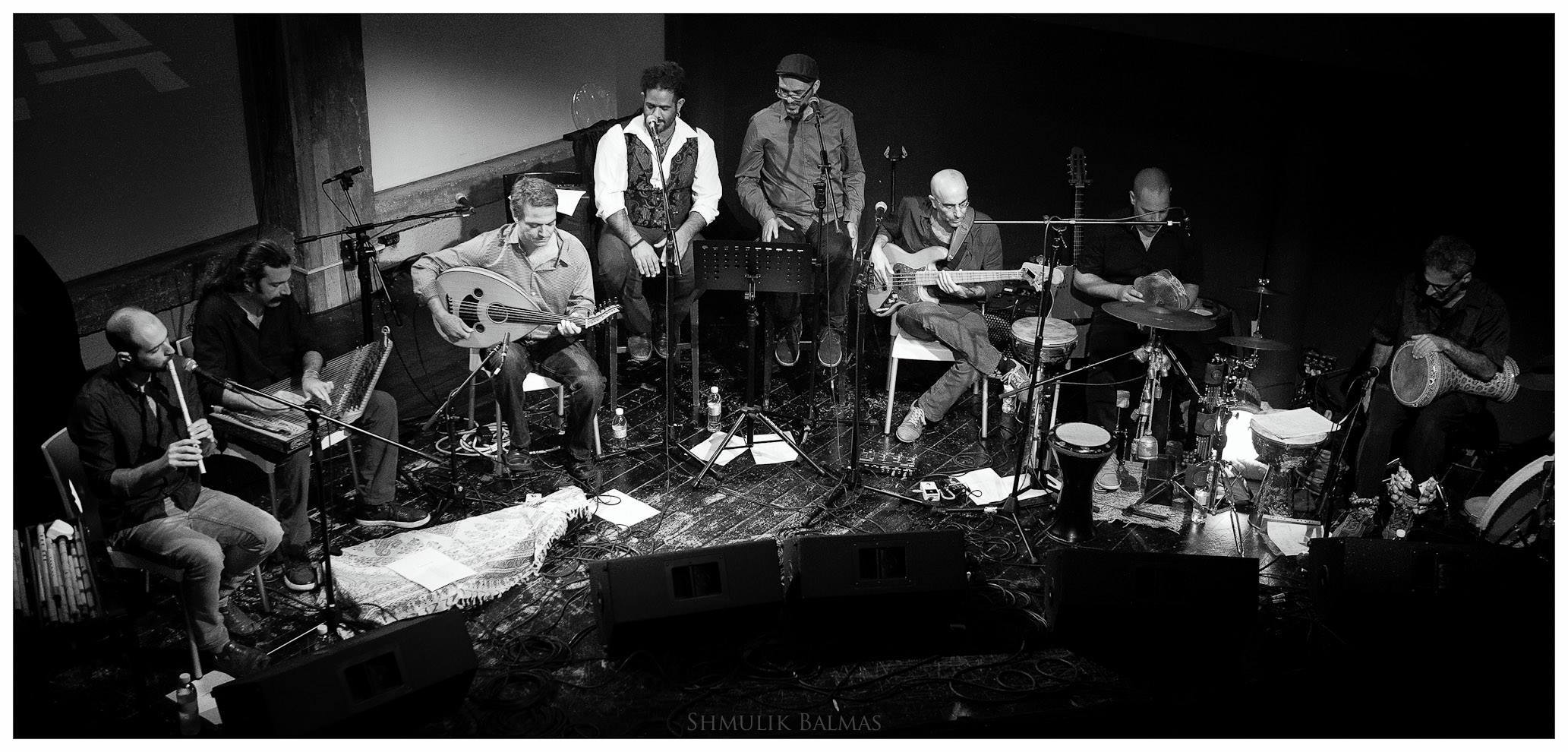24th June 2022 – Shabbat is almost here
And today we will enjoy with a piyyut in Libyan style and will learn about the History of Libyan Jews.
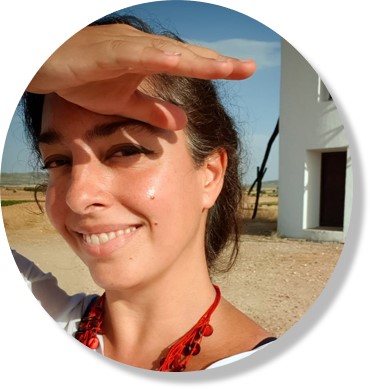
Hello! I hope you are well. I am sending this letter to you before travelling again, but this time I will stay in my country. I go to Poborina Folk festival, where tomorrow a band I work with, Entavía, is performing.
I have spoken on previous occasions of places where there were thriving Jewish communities and now there are no Jews at all, or there are some or only one Jew left (find a list below). That is the case in Libya. Let’s see what has happened in that country with regard to the Jews.
Previous editions about vanishing Jewish cultures:
Jews from India, Ethiopia, Syria… made prosperous communities in other time. Now, their thrace is fading out but their cultural legacy will never be forgotten. Click to visit each edition:
- The Beta Israel, the Jews from Ethiopia
- A -not so- forgotten master from Syria: Moshe Eliyahu
- A fading world: the Jews in Afghanistan
- A Georgian feast
- The restored masters of Iraqi Jewish music: the Al-Kuwaity brothers
- The fragile world of the Jews from India
- Kurdish Jewish inspiration, by two enchanting gentlemen: Ronen Yona and Zafrid Ifrach
- The Romaniote Jews
- Jews in Uzbekistan, a History of millenia
- Let’s travel to Quba and join me to dance a Lezginka with the Juhuri
- After Tu B’Shvat, with the Iraqi song for the blooming trees by Rabbi David Menachem and two legends about Yosef Chaim
- The Romanian Gypsy «Paganini» who kept Jewish tunes alive
Then, please, spread the word.
About Yitzhak Hayun and The Libyans and the Or Shalom Center for Libyan Jewish Heritage
In 2013, the Israeli band The Libyans released an album, Wandering, dedicated to “A collection of obscure and rare poems – ‘Piyutim’ that were almost lost to the world, arranged and produced by Yaniv Raba and Yankale Segal“. Well, maybe in MBS we have read about rare poems on many occasions before. Although sometimes I realise that all this is alien to, shall we say, “normal” people, just as many of the music and traditions of my homeland are unknown to the “normal” people of my own culture.
On the website of WOMEX we read that: “From 2010 the Libyan project was born, the foundations were taken from Yaniv Raba’s cantorial father and cultural ancestral roots. Within this framework, they tracked down and collected obscure and rare poems “piyutim” that were almost lost to the world, along with unique melodies to the Libyan hymns. Selection of these poems, arranging and processing were under the guidance of Yaniv Raba and Yankale Segal. The album “Wandering” was launched and published in 2013 […]. The project initiated and supported by Or Shalom Organization, gives new life to hymns and tunes almost lost to the world, some rare and obscure ones are exposed for the first time in the production and the album.”
About the Or Shalom Center in Bat Yam
The Or Shalom Center in Bat Yam is an organization which serves to preserve the heritage of Libyan Jews. Pedazur Benattia is the creator of the Center. He is trying to preserve Libya’s Jewish cultural relics. He has been collecting materials from Libya, despite he has never been there. Gaddafi never allowed Israelis in. So in 2000, he started asking others to go there for him, to see how Jewish properties were holding up. Read more about him in this article from TheWorld.org. I will bring a piece that will make you want to read it all:
“In 2010, Rafram Chaddad, a Tunisian-Israeli photographer, agreed to go to Libya, on Pedi’s dime and traveling on his own Tunisian passport. “I went all over Libya,” said Chaddad from a Tel Aviv café. “I had a list of places. I had to make some investigations there, talking to old people: ‘Where is the graveyard? Where are the Jewish schools?’”
Chaddad ended up making international headlines: The secret police rounded him up. He told them that Pedi had sent him; his interrogators knew all about Pedi. Chaddad said he was tortured for twenty days, with electric shocks, beaten with an iron pipe, and deprived of sleep.
They accused Chaddad of spying for Israel, and threw him in a dark cell, alone, for five months, until secret talks were held to secure his release. And still, he wasn’t the last person Pedi sent on a Libyan scouting mission.”
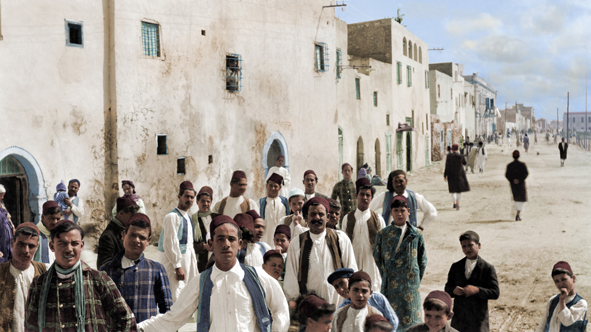
About the musicians
About Yaniv Raba, from the website of WOMEX:“Yaniv is a very talented musician, composer and oud player, creator, initiator and partner for various projects in the field of ethnic music in Israel and around the world. Composer of instrumental music, original compositions that appears in projects and various festivals, diverse artistic Oriental Music – Original Israeli, Turkish, Persian, Arabic, Ladino, poems and more, in Israel and abroad. The Jerusalem International Oud Festival 2006 – along with band that Yaniv was playing in, won the award for their performance. Playing and touring with various artists and ensembles, the Israeli “Adumei Hasfatot” – Ibn Gabirol, Berry Sakharov, Rea Mochiach. Also the New Jerusalem Orchestra, a poetic project with Rabbi Abraham Ibn Ezra, the cantor: Rabbi Haim Louk, and prominent Moroccan traditional bards.”
About Yankale Segal, from the website of WOMEX too: “Yankale Segal is a bass guitar player and a graduate of the Jerusalem Academy of Music and Dance’s Jazz Department. He has performed and recorded with Israel’s Miri Mesika, the Idan Raichel Project, Chava Alberstein, Habrera Hativeet and others. Yankele is very active in promoting and performing ethnic music in Israel and internationally. Yankale’s studies have incorporated several Middle Eastern music traditions – Turkish, Greek, and Iranian – and plays various string instruments, such as the oud, Persian tar, and bağlama.”
About Yizhak Hayun I haven’t found any bio or similar, just mentions of his performances with The Libyans.
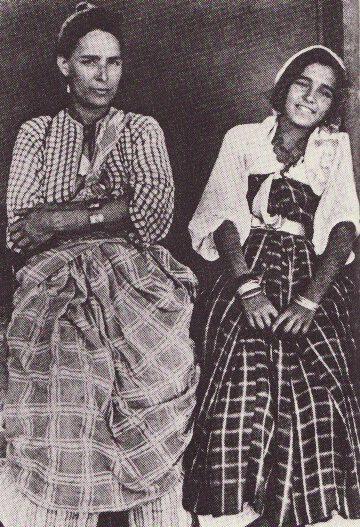
About the Libyan Jews
This picture of two Libyan Jews women from Tripoli is of public domain and I got it from here.
In Yad Vashem‘s website I read that “Not a single Jew remains in Libya today.” It is not stated which is that “today” but it can apply to many years. I will make a little summary of this very interesting text by Sheryl Silver Ochayon:
- Libya had been home to a Jewish community for thousands of years. The Jews had lived under Greek, Roman, Ottoman, Italian, British and Arab rule.
- In the early twentieth century, much of the population of Libya was Islamic and tribal, and was against European colonialism. However, under the Italians, the Jews were treated relatively well. In 1911, there were about 21,000 Jews in the country (4 % of the population).
- By the eve of World War II, 30,387 Jews lived in Libya.
- The beginning of the end for the Jews of Libya was the institution of harsh, discriminatory legislation by Italy against its own Jews in 1938, known as the Fascist “Race Protection Laws”, instituted in Libya as well. Jews could no longer send their children to public or private Italian schools. Intermarriages between “Aryans” and “non-Aryans” became illegal. Jews were barred from any state employment as well as from the skilled professions. Jewish passports were required to be stamped “Jewish race.”
- During the II World War, Italians and British fought and Tripoli was bombed by the Bitish and the French. Some synagogues and the Jewish cemetery suffered massive damages by the bombs and the use of tombstones to build fortifications.
- The campaing called “sfollamento” meant that the Jews were sent to different concentration or detention camps according to their nationality.
- Once Libya was liberated, the racial laws against the Jews were repealed. Howevern in November, 1945 there was a three-day pogrom against the Jews in Tripoli: 120 Jews were murdered, hundreds more were wounded, and many synagogues, businesses and houses were destroyed. In 1948, after the declaration of the State of Israel, it happened the same. 30,972 Jews immigrated to Israel. By 1967 the Jewish population had decreased to 7,000.
- In 1969, when Muammar al-Qaddafi came to power, there were only 100 Jews remaining in Libya. His government confiscated all Jewish property, cancelled Jewish debt and made emigration for Jews legally prohibited. Some Jews still managed to get out. By 2004 there were no Jews left in Libya.
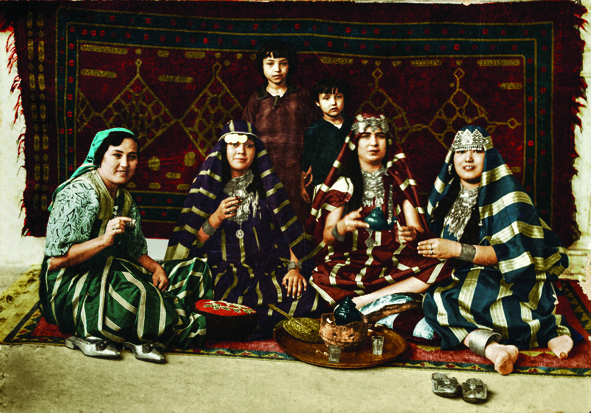
According to the Jewish Virtual Library, “In 1999, the synagogue in Tripoli was renovated, however, it was not reopened. The last Jew living in Libya, Esmeralda Meghnagi, died in February 2002. This marked the end of one of the world’s oldest Jewish communities, which traced its origins to the 3rd century B.C.E.”
What happened after the decease of Gaddafy?
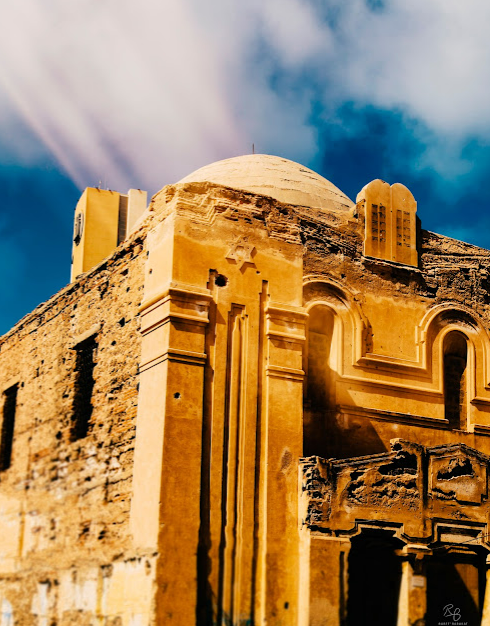 After the fall of Gaddafi in 2011, the situation in Libya has been one of uncertainty, tension and internal war. For two years or so of more or less peace, conflict between warring factions has recently escalated. The Jew issue does not seem to have reasons for the hope. I read in an article by George Mikhail from February 19, 2020: “Some members of the Libyan parliament and public vocally oppose the idea of Jews returning or participating in the country’s peace process. ]…] In a Feb. 10 statement, 70 Libyan parliament members threatened to boycott UN meetings if the Jews participate in any dialogue or Libyan affairs.”
After the fall of Gaddafi in 2011, the situation in Libya has been one of uncertainty, tension and internal war. For two years or so of more or less peace, conflict between warring factions has recently escalated. The Jew issue does not seem to have reasons for the hope. I read in an article by George Mikhail from February 19, 2020: “Some members of the Libyan parliament and public vocally oppose the idea of Jews returning or participating in the country’s peace process. ]…] In a Feb. 10 statement, 70 Libyan parliament members threatened to boycott UN meetings if the Jews participate in any dialogue or Libyan affairs.”
This is the ruin of the Dar Bishi synagogue in Tripoli, from Google maps, user Hatem Mohammed.
It seems to have the potential to be restored, should a time of peace come to the country. There has already been one attempt, in 2011, by Dr. David Gerbi, which had to be stopped. Learn more on Diarna’s website.
About the recording of this piyyut
I found this recording in the extraordinary Youtube channel of An Invitation to Piyyut. The description explains that it is a song written as “permission” for “Creator of Light” and praising the wonders of creation and the Creator, Creator of all, performed by “The Libyans” and Yitzhak Hayun. From the show “Listen to the Rina” in Bat-Yam, 2011 by the “Or Shalom” association in collaboration with the Ministry of Senior Citizens and the Ben-Zvi Institute.
What about this piyyut? Is it Libyan? Despite the title of the video, it seems that it is not Libyan as such. I understand that what is Libyan is the melody but not the text. The piyyut Yotzer Miyado is described in the website of An Invitation to Piyut, at the top, as Moroccan and in the maqam of bayat. But the description on the left explains that:
“One of the piyyutim in the tradition of the Jews of Tunis. The song was written as “permission” for “creator of light” and praises the wonders of creation and the Creator, creator of everything. In the order of the request songs of the Jews of Morocco the hymn is sung on Shabbat Lech Lecha. The song is well known and loved in the North African tradition as a whole.”
Ok, so it seems the author of this piyyut is unknown and it is popular in several countries of North Africa, so it cannot be said that the piyut is from one country or another in particular. So, what is Lybian of this performance? I am not really sure but I think that the first part of the recording is not Yotzer Miyado, but a creation of the singer.
Let’s stop to understand some concepts: Maqam of bayat. The recording we listened to some weeks ago, from Syria, was also in the maqam of bayat. This is that edition. So what is a “makam”? Quoting this previous edition: “Very basically, in the Arabic, Persian, Turkish… music a makam is a scale, like a guide for performance, that defines a mood”.
And what is Shabbat Lech Lecha? Lech Lecha means go forth. According to a document that I have found and that, oh, my God!, is not signed! It seems to be by a rabbi of a Congregation Beth Israel, from somewhere…: “On this Shabbat, we engage the foundation story of the Jewish people with the words […]: Adonai said to Avram: go forth from your native land, and from your birthplace and from your father’s house to the land that I will show you.” That is to say, the Jewish story begins with a call to embark on a journey away from the familiar, the known, and the comfortable toward a destination to be determined, not yet envisioned or imagined and toward a future marked by both promise and uncertainty.“ I see this idea in other sources, like this. I can’t figure out whether Shabbat Lech Lecha is a specific day or a part of the prayers on Shabbat and perhaps it is due to the automatic translations from Hebrew to English, which fail to translate it in a way that makes it clear. Any clarification on this would be welcome.
The poem Yotzer Miyado can be found on Zemirot Database.

